Whatever your interests, the Dordogne or the Lot area will suit you. The scenery is spectaculair and just going out on a drive along the lovely country lanes is pure pleasure. There are numerous "plus beaux villages de France" including Beynac, La Roque-Gageac, St-Leon-sur-Vézère, Domme, and Belvès. The town of Sarlat, the market hub of the region, has been restored to its 17th-18th century magnificence with such perfection that people flock here for the high density of 17th-century, medieval and Renaissance architecture. Its prosperity dates back to the Hundred Years' War when the town received payments for remaining loyal to the crown. The heart-shaped medieval centre is lined with luxury boutiques and eateries with the ochre sandstone of these splendid buildings providing a welcoming glow. In the evening, gas lamps will lit the streets and provide a splendid decor for myriad French movies.
- Home
- The Region
Enjoy this beautiful region of the Dordogne!
The Region Dordogne and the Lot
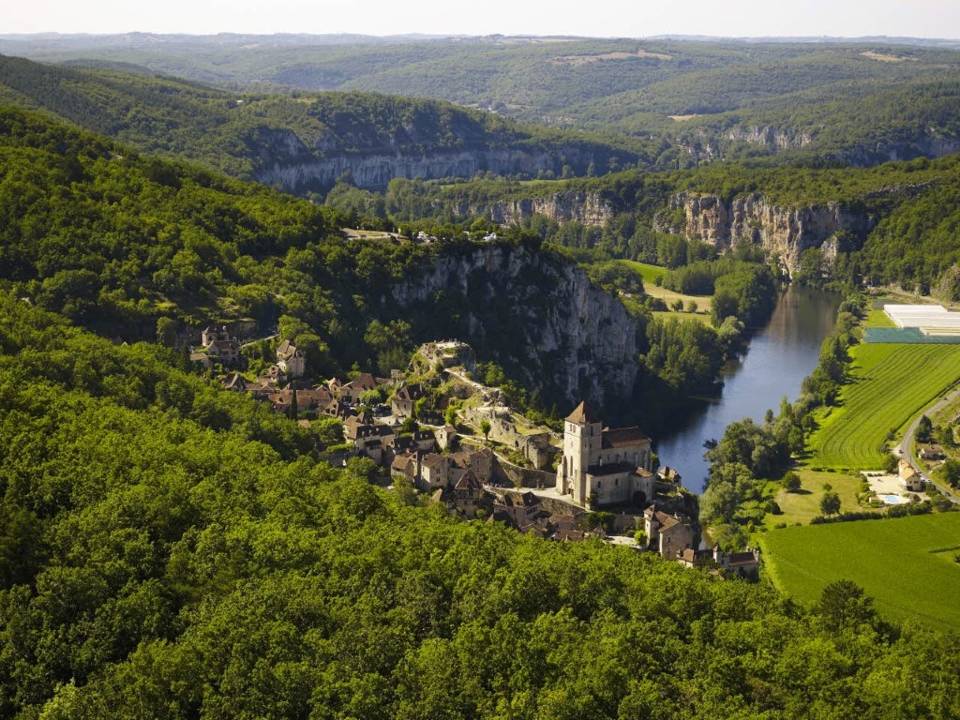
Prehistoric sites
There are more than 150 prehistoric sites along the Vézère river alone. The best known prehistoric site is, of course, Lascaux II, which, though a re-production, will still give you goosebumps. Others include Font-de-Gaume and Combarelles in Les Eyzies, Rouffignac and Bara-Bahau (engravings); and numerous smaller sites with sculpture, dwellings, shelters, and other prehistoric goodies. The Village Troglodytique de la Madeleine and the near-by Roque St-Christophe are sites where man has lived in successive periods of history for as many as 50,000 years or more.
A complete new replica of the Lascaux Grottes retraces the discovery of the famous decorated cave. The opening of the International Centre for Cave Art marks the beginning of a new adventure combining the emotion of ancestral art and an important technological achievement.
The complete replica of the original cave is the culmination of three years of work in the Perigord Facsimile Studio. This new space welcomes visitors, inviting them to contemplate the works and experience the authentic emotion felt at the discovery of the cave, to observe, to enquire into the reasons for its existence and to reflect on the environmental and cultural context in which it was decorated. See for more information http://www.lascaux.fr/en
Starting with its shape: there are no straight walls, a tangle of rooms with atypical shapes leads the visitor to the heart of a building of 8,000 sq m. A fault running its whole length evokes a gash in the hill or a prehistoric stratum recalling the passage of time. Continuing with its content: the various spaces with their uncluttered style and modern aesthetics contain the latest digital tools (enhanced reality, 3D screens, etc.). They incite the public all through the visit to enjoy an immersive and personalized experience.
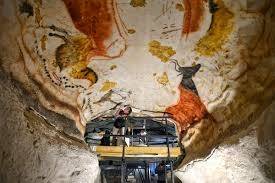
Castles
Castelnaud is probably the most wonderful castle in the area. Open to the public since 1985, this one-time fortress is now given over entirely to displaying the art of war fare in the Middle Ages. Inside, it has a unique private collection of arms and armour. Outside, you will find reconstructions of war machines such as siege catapulls in acutal size.
The Chateau de Beynac has been carefully restored in the past ten years and now houses a wonderful collection of medieval furniture. The castles on the north side of the river were French; those on the south are English. Renaissance and later castles litter the hillsides, too. You can visit Josephine Baker's 19th-century chateau, Les Milandes, where she gathered her brood of adopted children.
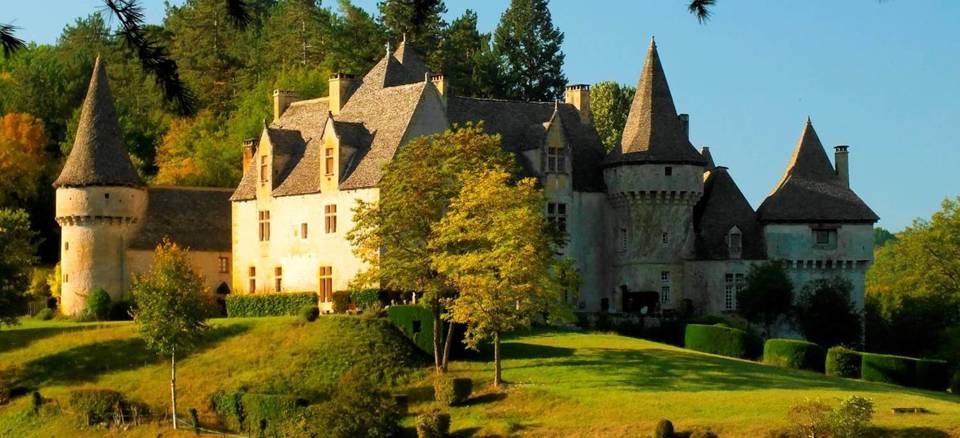
Nature's wonders
In the past few years we saw deer standing in the garden, watching us curiously from afar. We even saw signs of the wild pigs (never saw them for real, so please don’t worry…), digging in the ground for the black and white truffles. We saw many birds, but also smaller animals and insects we never saw before. The following pictures show you the diversity of nature of this beautiful area. We could make a page of the flora too, what about wild orchids or wild strawberries? In the month of May you can take a basket and pick them in the woods around your holiday house, in the month of September you can ask a French neighbor to take you on a cèpe picking tour, a very tasty (and expensive!) mushroom, yammie! The nature's wonders pictures are made by Rinus Dillerop, in September 2008. If you are interested in special "Nature Trips" please check out this interesting website: www.dilleropnatuuradvies.nl
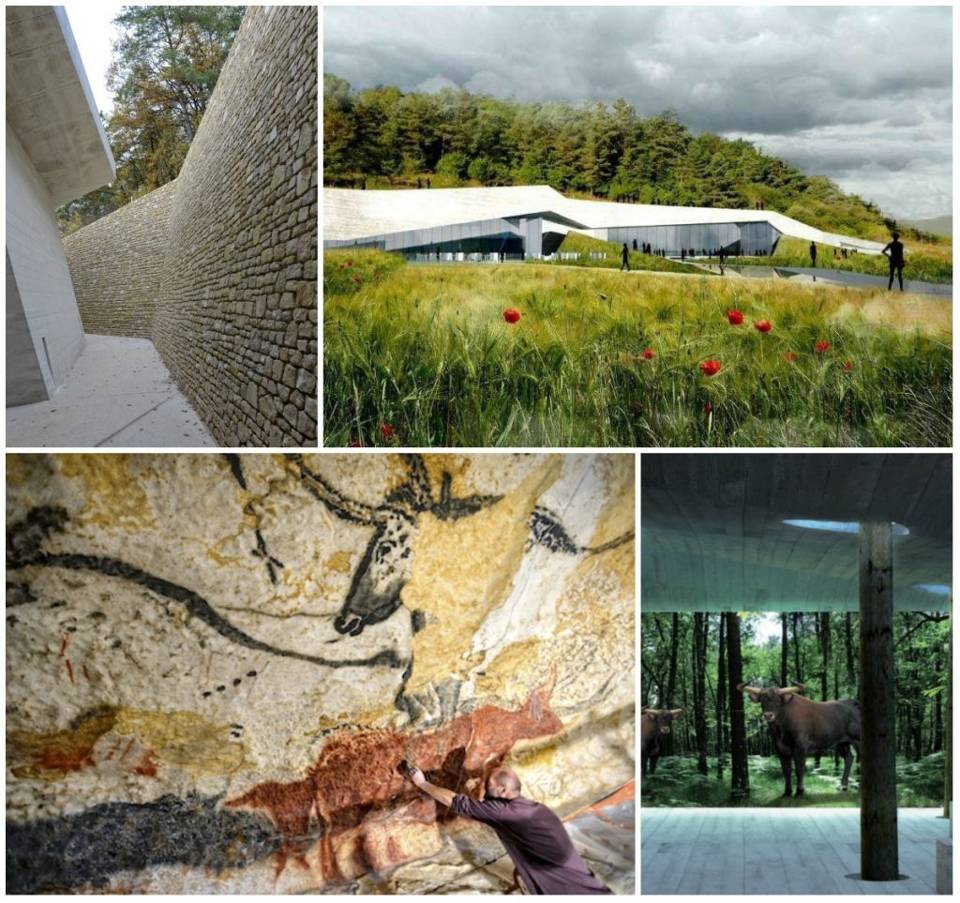
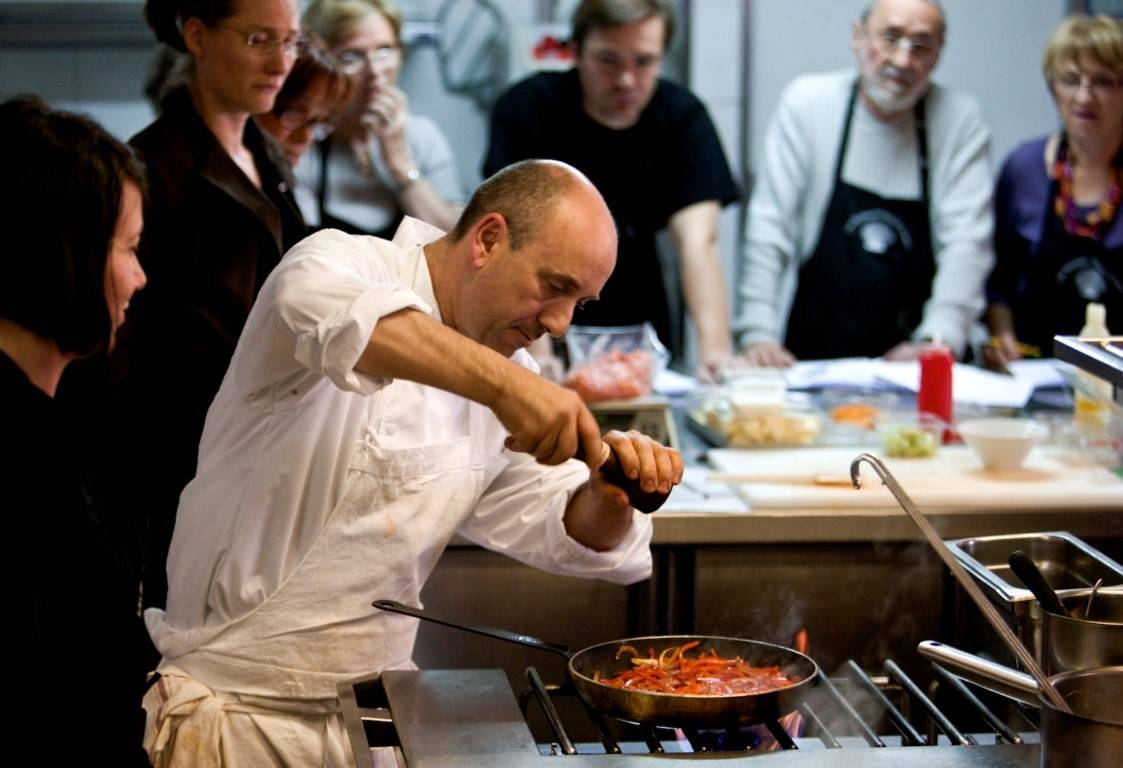
Canoeing
Canoeing and kayaking on the rivers are popular sports, and there are pleny or canoe rental companies that can help you with equipment, for a half day, a day or even longer. One of the nicest ways to spend a day in the area is to pack a picnic, rent a couple of canoes, and glide down the Dordogne admiring the castles looming above you, then stop for a picnic and a swim on the riverbank.
Food
Of course, one of the big draws of the region is food. The Perigord has been called the gastronomic capital of France with good reason. Here, foie gras and truffles (les diamants noirs du Perigord) are everyday fare, and every town has shops filled to overflowing with these local treasures. Other local specialties are confit of duck and goose, stuffed goose neck (it's good!), walnut cakes, chocolate-dusted walnuts, and walnut wine and liqueur. Local wines include Monbazillac, Bergerac, and Pecharmant. With so many restaurants in the area, and it's hard to find a bad meal in the Perigord. With very few exceptions, the "cuisine du terroir" reigns supreme here, and meals are hearty.



